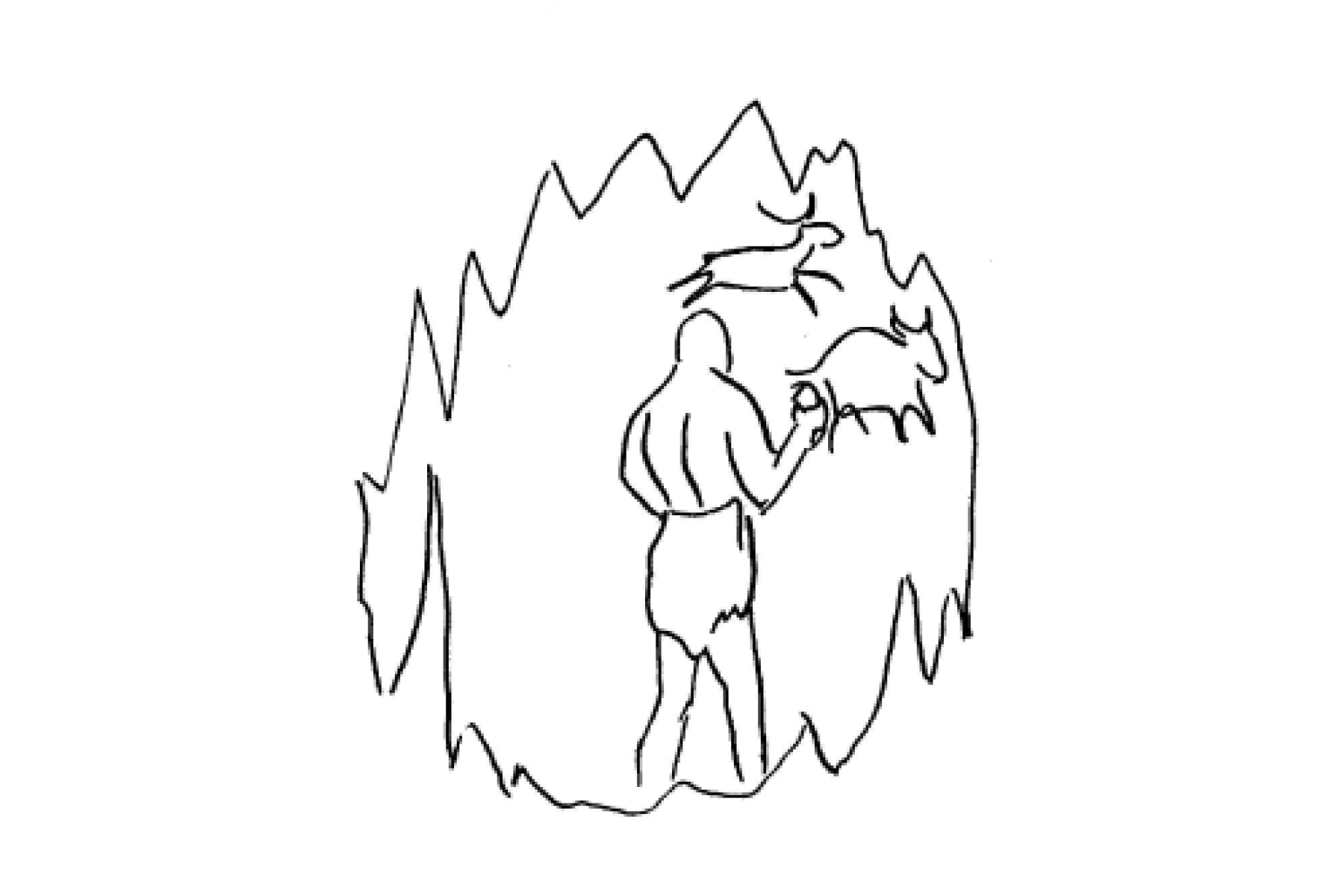
The Context
When you make the entirety of a project viewable in a single frame, it's enjoyable to do, simple to digest and easy to share. What's more, it builds a kinesthetic and tactile energy force that could never exist on a boring, flat, two dimensional screen. It makes your product easier to module, allows everyone to contribute to and interact with content and speeds up the visualization process of evaluating ideas together.
The Tool
Wall Work
WALL WORK -- Leveraging the vertical plane as a safe haven where your new ideas can incubate.
This is the prolificacy of the vertical plane. The space becomes strategic. You positively impact the attitude, behavior and performance of your team simply by thinking outside of the screen. Kelley, the founder of the most successful innovation company in the world, uses this strategy with his clients. He says that in a conference room, you have to generate your energy from scratch every time. But in a project room, all that information stays up for the length of the project. Then you get what's known as the persistence of information. As soon as you step back inside of that space, you're in that project again. The work is still up on the wall, and that gives the team a chance to build on it.

Scott's Take
Since childhood, I've always been obsessed with wall decorations. From my house growing up to my apartments in my twenties my home studio to my workspaces at offices, no white space has always been my motto. Senior year of college I even lost my security deposit because my landlord complained that when I moved out, hundreds of holes were left behind. Woops. Small price to pay for being prolific. But that's how creative work works. It's conducive to the vertical plane. Later in my professional life, the same obsession carried over. Whether my project was a book, a documentary, a course curriculum, an advertising campaign, or an organizational process improvement, creating in three dimensions has proven to help myself and others be more prolific. When the founders of my startup asked me to help them write a book, the first thing we did was commandeer the walls of the small conference room in our office. Initially, it was plastered with all of our notes, ideas, quotes, statistics and other potential content for the book. Once the first draft was finished, that document went up on the wall too. And as we iterated on the manuscript over of six months, we continued to slap new versions up on the wall as they were complete. This wall work make collaborating on the book itself more interactive, but it also creates energy for the entire office. When clients, friends, investors and other guests stopped by, they always poked their head in the book room. People couldn't help but ask what project our team were working on. Some spent a few minutes reading the pages. Some took pictures of the walls. Some even asked me to give them a tour of the project.
The Rest
What's on your wall? How are you making ideas visible leveraging the power of the vertical plane? If you want to be more prolific, use the walls to provide a safe haven where your new ideas can incubate. Help keep the background threads alive so your team can bring them to the foreground when they become relevant. Wall work is a surefire way to enlarge the envelope of possibilities within which you navigates. By surrounding yourself with concrete evidence of project progress, you emotionally invigorate yourself and make people more inclined to take further action. Do you have walls, or a canvas on which to paint your collective rigor?
The Benefits
Allow everyone to contribute to and interact with content
Speed up the visualization process of evaluating ideas together.
Synthesize complex data into winning deliverables that tell persuasive stories
Emotionally invigorate your team so you’re more inclined to take further action
Use the persistence of information so you don’t have to generate energy from scratch each time you sit down to work